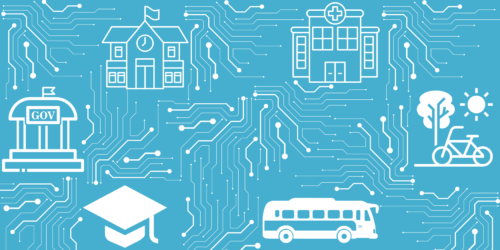
Occasional Paper
This policy primer from the Allen Lab for Democracy Renovation is intended to introduce the ideas and conversations around how public AI alternatives could foster an ecosystem that prioritizes the public interest while offering a counterbalance to corporate concentration.
Authors: Bruce Schneier, Sarah Hubbard, Saddat Nazir
As artificial intelligence increasingly shapes public life, the development of frontier models remains largely concentrated within a handful of private companies, despite being built upon decades of publicly-funded research and collective knowledge. This concentration raises concerns about accountability, access, and alignment with public interests. Public AI presents an alternative approach: developing AI systems explicitly designed and deployed with oversight for public benefit through government entities and non-profit organizations. This approach builds on successful historical precedents of public investment into technology development such as DARPA’s development of ARPANET, which laid the foundation for today’s internet, and NASA’s space research which has generated countless technological innovations with broad societal benefit.
Public AI encompasses “publicly provided, -owned and -operated layers in the AI tech stack, such as cloud infrastructure, data, and model development; and public utility-style regulation of the private AI industry that fosters competition and prevents abuses of power.”1 Investment in Public AI infrastructure would help ensure government independence from market actors with potentially conflicting interests, encourage democratically accountable deployment and oversight, and provide resources for researchers and public interest projects that are traditionally underserved by corporate actors.
Invest in building out publicly-owned AI stack components (e.g. compute, data, models) to create a more resilient and innovative ecosystem, while reducing dependence on a few private firms. Ensure the governance of these public alternatives has proper political oversight and public participation through democratic processes.
Build federal capacity to create, evaluate, and deploy public AI by recruiting technical talent into government service. Provide training and development opportunities for civil servants to reduce outsourcing dependencies and retain talent. Establish cross-agency knowledge sharing and collaborative skills development.
Occasional Paper
Additional Resource
Additional Resource
Additional Resource
Adjunct Lecturer in Public Policy




